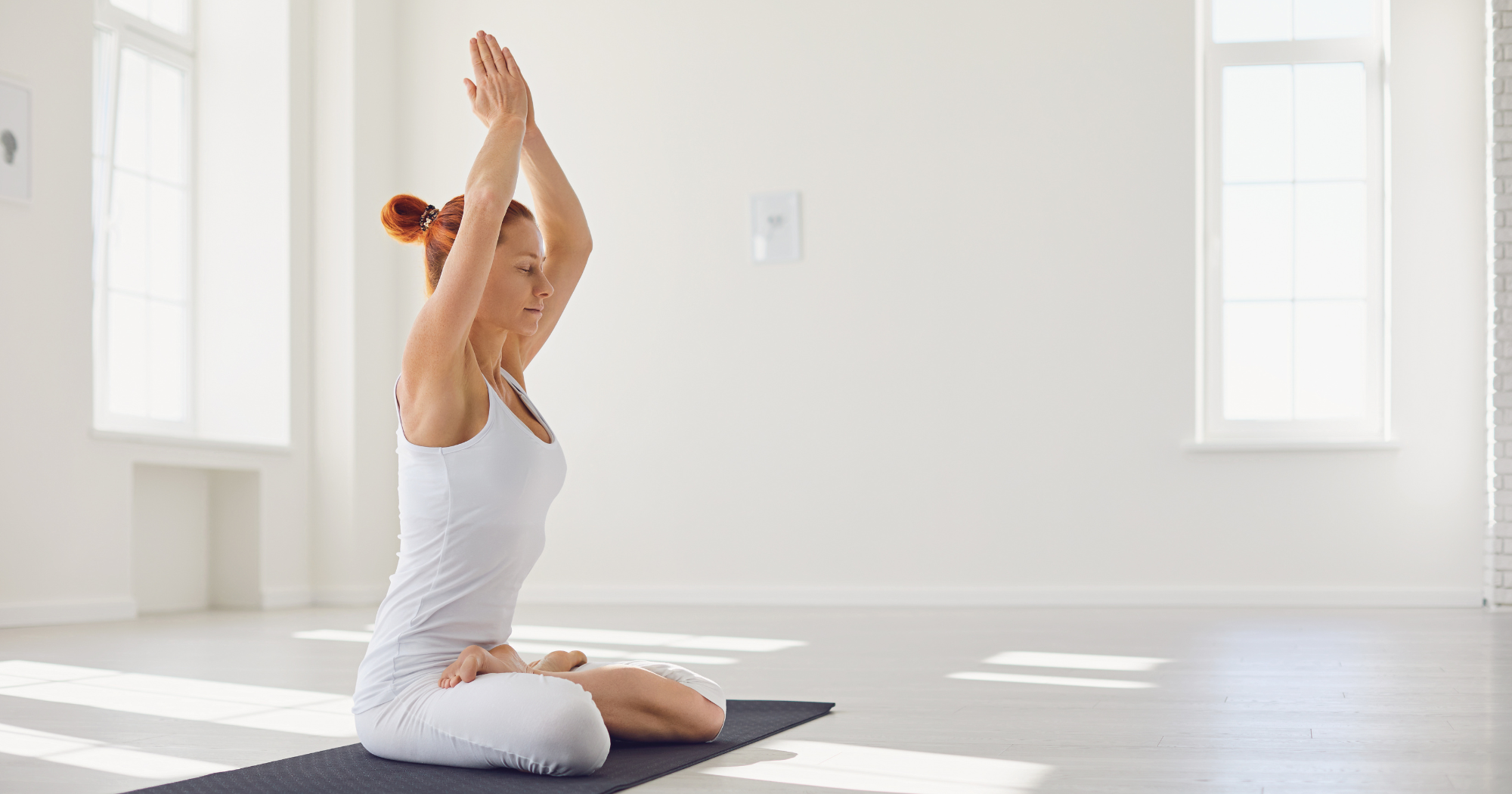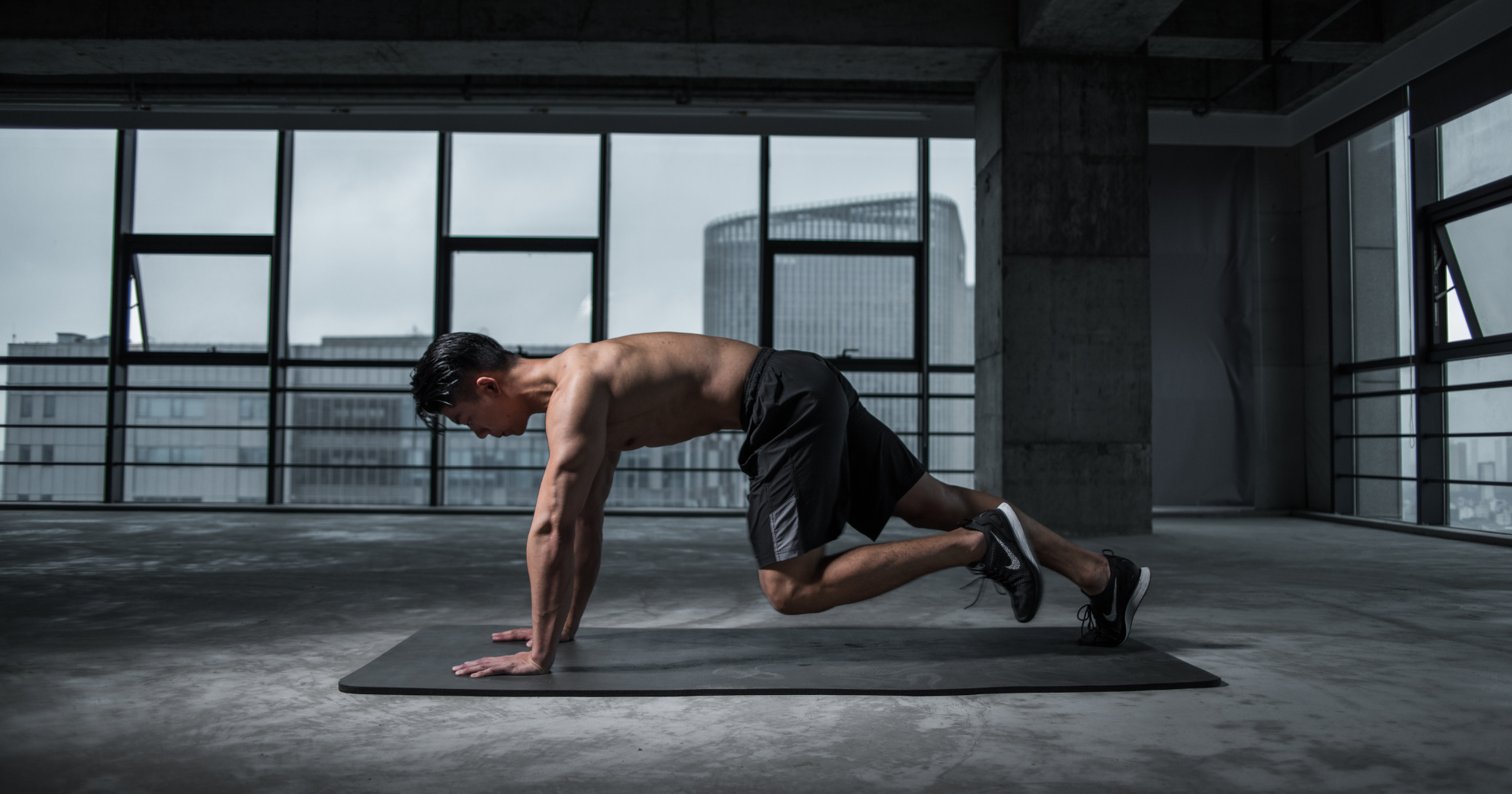
The Stability Trade-Off: A Closer Look at Foldable Walking Pads
, by FLOW Admin, 4 min reading time
1,200+ satisfied customers  (4.7/5)
(4.7/5)

, by FLOW Admin, 4 min reading time
In the quest for home fitness solutions, walking pads have emerged as a popular choice, offering convenience and functionality. Among the varieties available, foldable walking pads have gained attention for their space-saving design. However, it's essential to consider the trade-offs, particularly regarding stability and durability. In this blog, we'll delve into the pros and cons of foldable walking pads, helping you make an informed decision for your fitness journey.
Foldable walking pads are designed with a hinge mechanism that allows them to be folded and stored away when not in use. This feature is particularly appealing for those with limited space. However, the very design that makes them space-efficient can also introduce some drawbacks.
One of the primary concerns with foldable walking pads is stability. The hinge and folding mechanism can create a point of weakness, potentially leading to less stability during use. This is particularly noticeable when compared to non-foldable models, which typically offer a more solid and stable platform. For users who prioritise a steady and robust walking surface, non-foldable walking pads might be a more suitable option.
Durability is another aspect where foldable walking pads might fall short. The repeated action of folding and unfolding can lead to wear and tear at the hinge, affecting the machine's longevity. In contrast, non-foldable walking pads are often more durable, with fewer moving parts and potential points of failure.
While foldable walking pads are designed for portability, this can sometimes mean a compromise in terms of weight capacity and robustness. Heavier and more solidly built machines often offer better stability and a higher weight capacity, which can be crucial for some users.
Foldable walking pads, while space-efficient, may have a higher noise level due to their folding mechanism. This can be a concern for those in shared spaces or apartments who need a quieter exercise environment. The additional moving parts in foldable models can lead to slight shifts or creaks during use. In contrast, non-foldable walking pads often offer quieter operation with their solid, one-piece construction, reducing noise from structural movement or instability.
When choosing between a foldable and a non-foldable walking pad, consider your specific needs and preferences. If space-saving and portability are your top priorities, a foldable model might be the right choice. However, if stability, durability, and a higher weight capacity are more important, a non-foldable walking pad would be a better fit. Ultimately, the choice depends on your individual needs and how you prioritise the various factors in your home fitness journey.
When it comes to long-term maintenance, non-foldable walking pads generally require less upkeep compared to foldable models. This is because non-foldable pads have fewer moving parts and don't have the hinge mechanism that foldable models do. The folding mechanism in foldable walking pads can be prone to wear and tear over time, potentially leading to the need for more frequent maintenance or repairs. In contrast, the solid construction of non-foldable models often results in greater durability and longevity, with less need for maintenance.
Over time, foldable walking pads may not maintain the same level of performance and stability as when they are new. The folding mechanism can become a point of weakness, leading to issues like wobbling or misalignment, especially with frequent folding and unfolding. Non-foldable walking pads, on the other hand, tend to offer more consistent performance over time. Their one-piece construction eliminates the issues associated with folding mechanisms, ensuring a stable and reliable workout experience throughout the lifespan of the equipment.
Generally, user satisfaction tends to be higher with non-foldable walking pads, particularly regarding stability, noise level, and overall workout experience. Users often appreciate the solid and stable platform that non-foldable models provide, which can lead to a more comfortable and effective workout. Additionally, the quieter operation of non-foldable walking pads is a significant advantage, especially for users in shared living spaces or apartments. While foldable models are praised for their space-saving design, the trade-offs in terms of stability and noise can be a drawback for some users.


